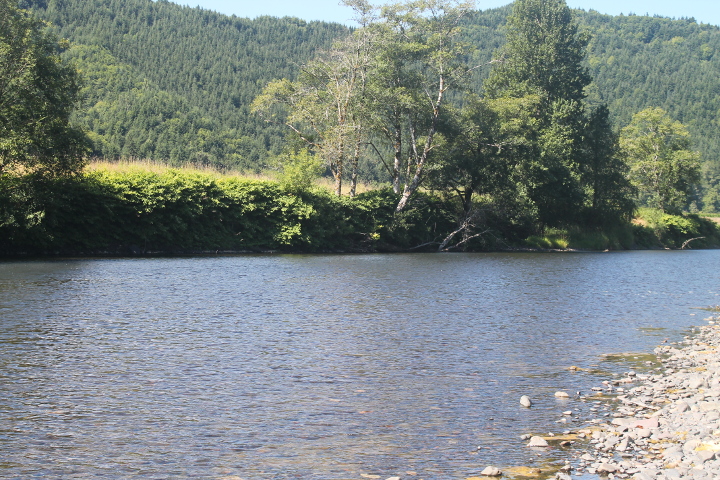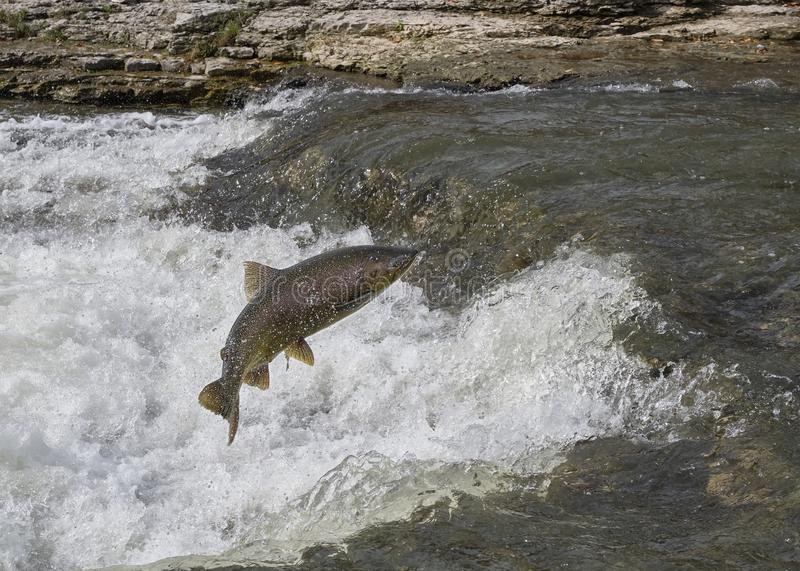| Categories: |
|---|
Estimated reading time: 2 minutes
The concept of minimal in-stream flows dates from at least the mid-1970s. It is an important issue to everyone who withdraws ground or surface waters, injects water underground, or adds water to streams and rivers, particularly in the drought-stricken western US. At the federal level, the US EPA funded a grant to define ecological and related flows and create methods to measure them and the US Geological Survey developed measurement methods. Several years ago Oregon established statutory requirements that peak and ecological flows be maintained in any projects funded by state grants or other assistance. New Zealand, Denmark, India, and other countries either have incorporated such stream and river flow requirements in national laws or are in the process of doing so. Consideration of these flows is now a requirement for funding by the World Bank. This makes water allocation decisions even more difficult.
The major problem is not a lack of science behind this idea but the abundance of science that easily overwhelms non-technical decision-makers. The lack of consensus on methods to define, measure, or model ecological and related stream and river flows is a reflection of the highly site- and organism-specific considerations. Regulatory impacts include water right allocations, discharge permit approvals, and diversions between basins or from surface waters to ground water storage and subsequent withdrawal.
Two scientific issues and one technical consideration are involved in addressing peak, ecological, and other flow requirements. The scientific subjects are aquatic biology/ecology (organism flow requirements by life cycle stage and interactions of the biotic and abiotic ecosystem components) and fluvial geomorphology (channel and sediment size/quality shaping and maintenance). These two are very tightly linked and must be considered as a single subject. The technical (but not scientific issue) is that of resource allocations; policy decisions such as water rights that are difficult to make because of other competing, valid interests such as crop irrigation, livestock and wildlife watering, and recreation.
This work was originally published on the Applied Ecosystem Services, LLC web site at https://www.appl-ecosys.com/blog/instream-flow-requirements/
It is offered under the terms of the Creative Commons Attribution-NonCommercial-NoDerivatives 4.0 International license. In short, you may copy and redistribute the material in any medium or format as long as you credit Dr. Richard Shepard as the author. You may not use the material for commercial purposes, and you may not distribute modified versions.


